Video Laryngoscope with Reusable Blades: An Efficient and Cost-Effective Solution for Airway Management
Dec 21, 2023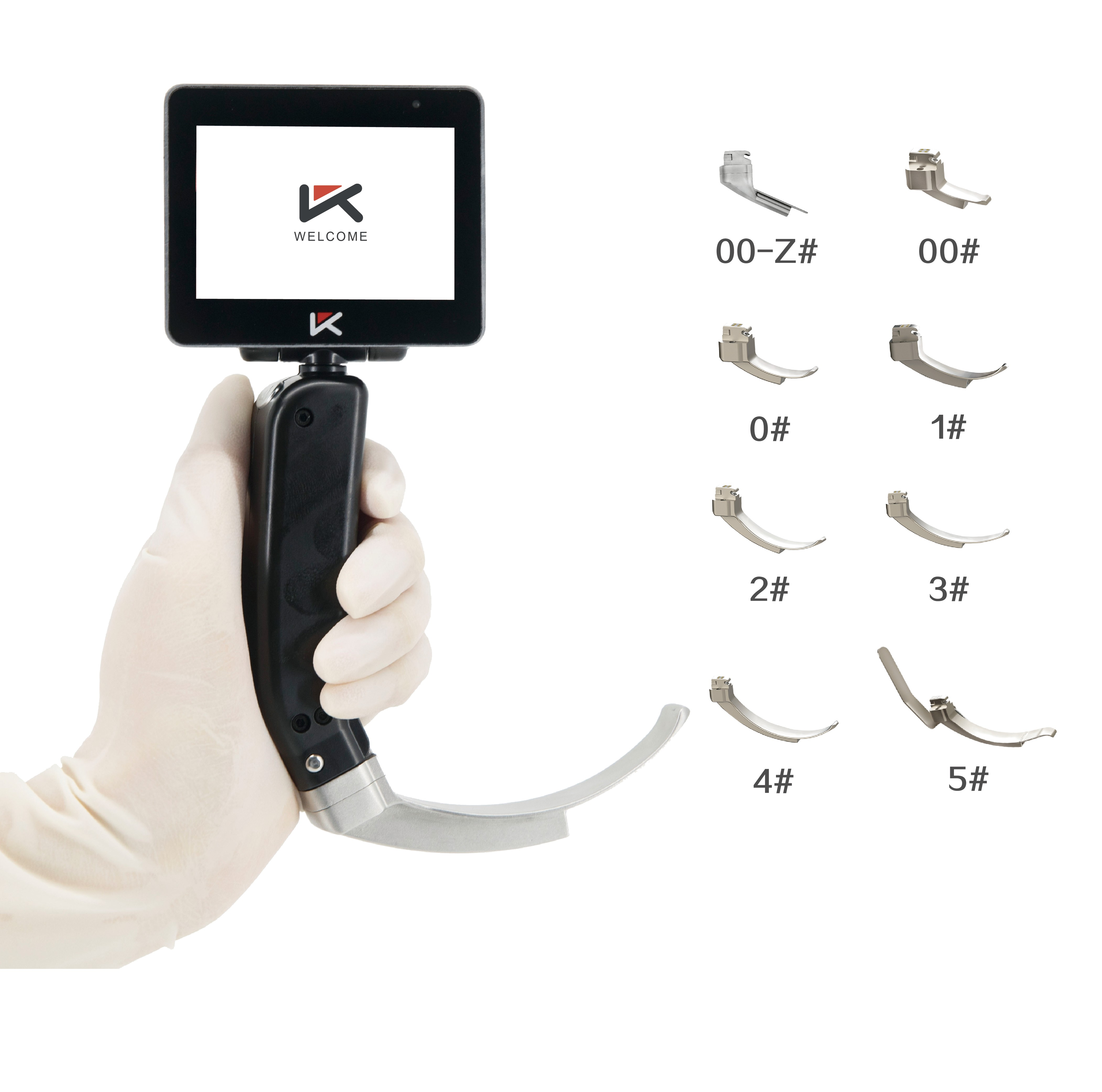
Video Laryngoscope with Reusable Blades has revolutionized the way healthcare professionals perform intubation. The ability to visualize the airway on a screen has improved patient outcomes and reduced the risk of complications. One of the most significant advancements in this field is the development of video laryngoscopes with reusable blades.
Reusable blades offer several advantages over disposable blades, including cost-effectiveness and environmental sustainability. They are made of durable materials that can withstand repeated use and sterilization. This makes them an ideal choice for healthcare facilities that perform a high volume of intubations.
Video laryngoscopes with reusable blades are becoming increasingly popular in clinical settings. They are available in a variety of designs and sizes to accommodate different patient populations. In this article, we will provide an overview of video laryngoscopy with reusable blades, including their clinical applications, product analysis, and best practices and guidelines.
Key Takeaways
- Video laryngoscopy with reusable blades is a cost-effective and environmentally sustainable alternative to disposable blades.
- These devices are available in a variety of designs and sizes to accommodate different patient populations.
- Healthcare professionals should follow best practices and guidelines when using video laryngoscopes with reusable blades to ensure optimal patient outcomes.
Overview of Video Laryngoscopy
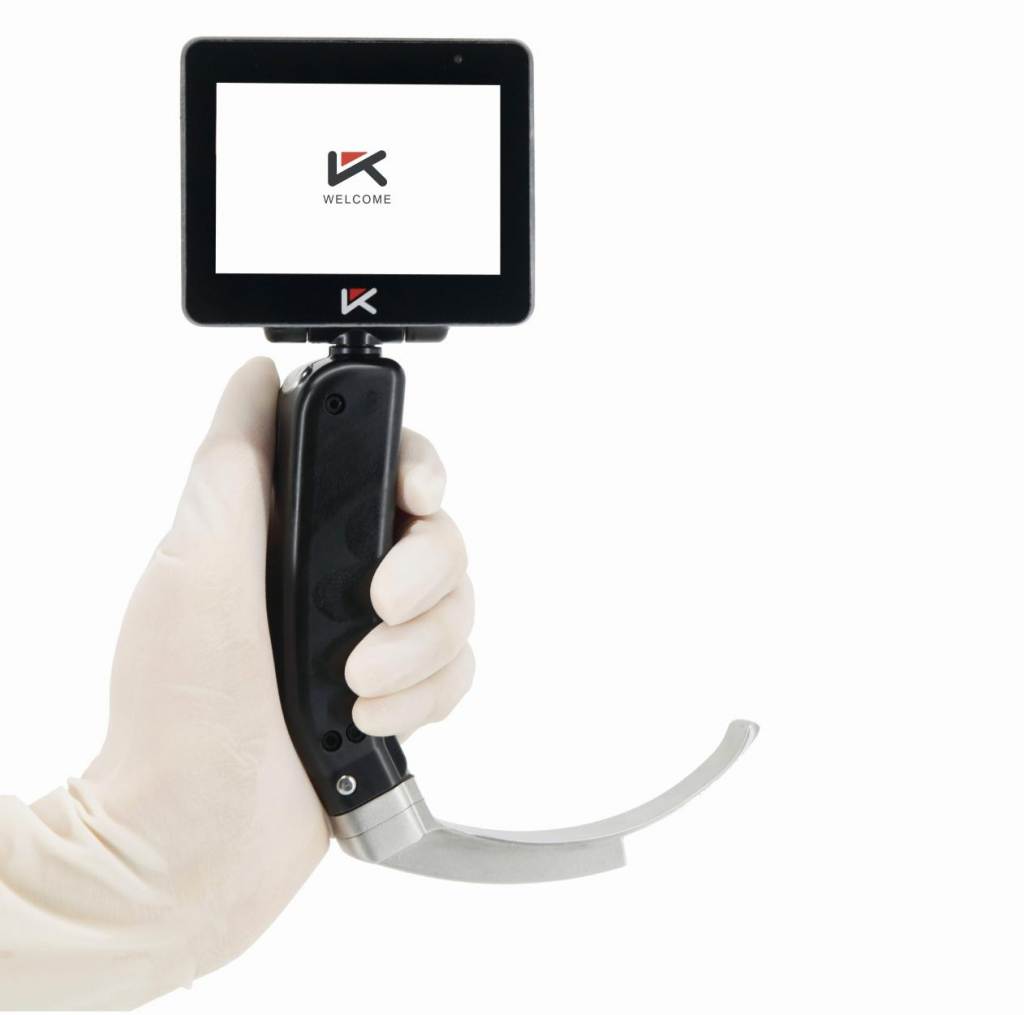
Principles of Video Laryngoscopy
Video laryngoscopy is a technique that utilizes a camera and a screen to visualize the larynx during intubation. The camera is attached to the blade of the laryngoscope, which is inserted into the mouth of the patient to view the larynx. The image is then displayed on a screen, providing an enlarged view of the larynx, which makes it easier to visualize the vocal cords, and guide the endotracheal tube into the trachea.
Advantages Over Direct Laryngoscopy
Video laryngoscopy has several advantages over direct laryngoscopy. Firstly, it provides a better view of the larynx, which makes it easier to visualize the vocal cords, especially in patients with difficult airways. Secondly, it allows for a better alignment of the oral, pharyngeal, and laryngeal axes, which is important for successful intubation. Thirdly, it reduces the need for neck manipulation, which can be painful and cause complications. Fourthly, it can be used in a variety of settings, including the operating room, emergency department, and intensive care unit.
Reusable video laryngoscopes are becoming increasingly popular due to their cost-effectiveness and environmental sustainability. They are designed to be used multiple times, which reduces the need for disposable blades and handles. Additionally, they are easy to clean and sterilize, which reduces the risk of contamination and infection.
Overall, video laryngoscopy with reusable blades is a valuable tool for airway management in both elective and emergency situations. It provides a better view of the larynx, reduces the need for neck manipulation, and is cost-effective and environmentally sustainable.
Reusable Blades
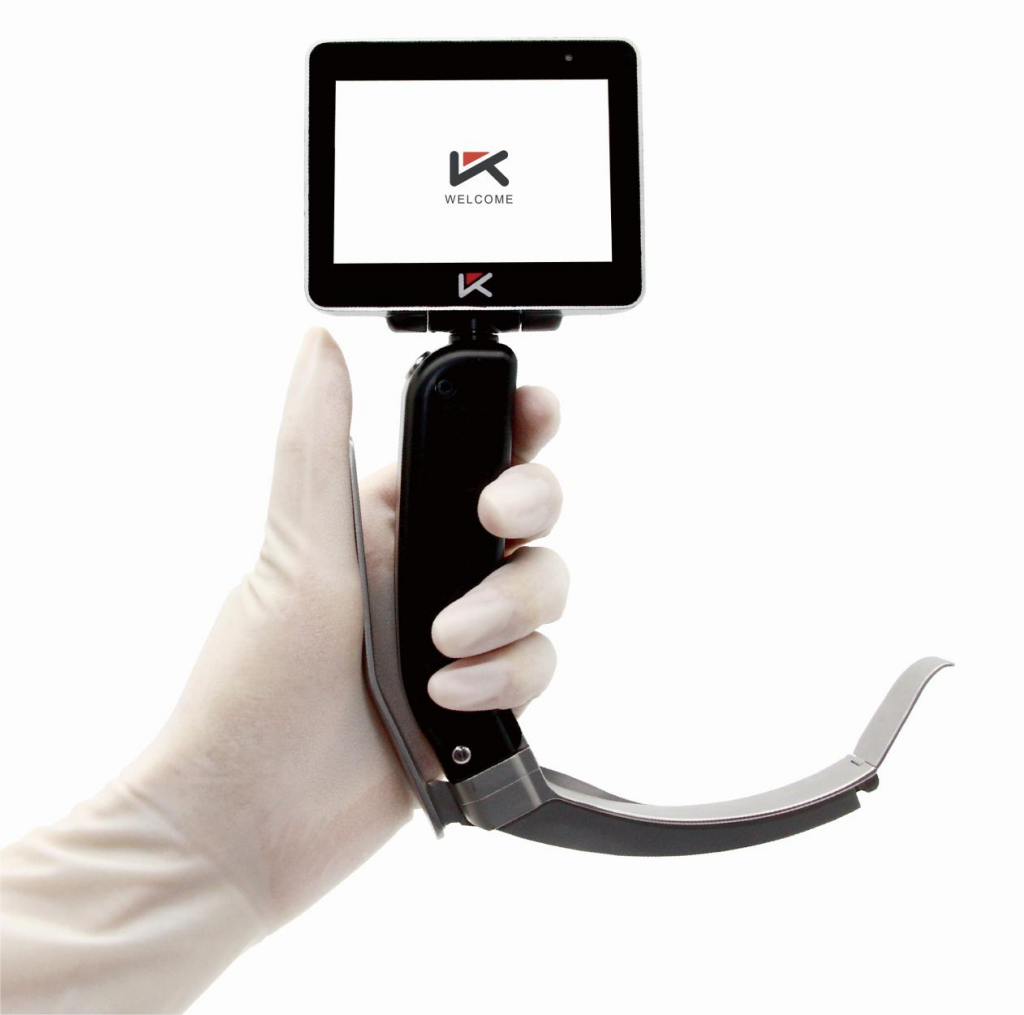
Video laryngoscopes with reusable blades are becoming increasingly popular in the medical field. They offer several benefits such as cost-effectiveness, durability, and reduced environmental waste. In this section, we will discuss the design and material of reusable blades, as well as sterilization and maintenance.
Design and Material
Reusable laryngoscope blades are typically made of high-quality stainless steel or titanium, which provides strength and durability. The blade design is low profile, enabling quick intubation across a wide range of patient types and clinical settings. The blades come in various sizes, ranging from pediatric to adult, to accommodate different patient needs.
Some video laryngoscopes offer interchangeable blades, which allow clinicians to switch between different blade sizes quickly. This feature is especially useful in emergency situations where time is of the essence.
Sterilization and Maintenance
Sterilization and maintenance of reusable blades are critical to ensure patient safety and prolong the lifespan of the equipment. The blades must be properly cleaned and disinfected after each use to prevent the spread of infections.
The cleaning process typically involves removing any debris or organic material from the blade, followed by immersion in a disinfectant solution. It is essential to follow the manufacturer’s instructions for cleaning and disinfection to avoid damaging the blade or compromising its effectiveness.
Regular maintenance of the video laryngoscope, including the reusable blade, is also crucial to ensure optimal performance. This may include replacing worn or damaged parts, such as the light source or camera, and performing routine checks to ensure that the equipment is functioning correctly.
In conclusion, video laryngoscopes with reusable blades offer several benefits, including cost-effectiveness, durability, and reduced environmental waste. Proper sterilization and maintenance of the reusable blades are critical to ensure patient safety and prolong the lifespan of the equipment.
Clinical Applications
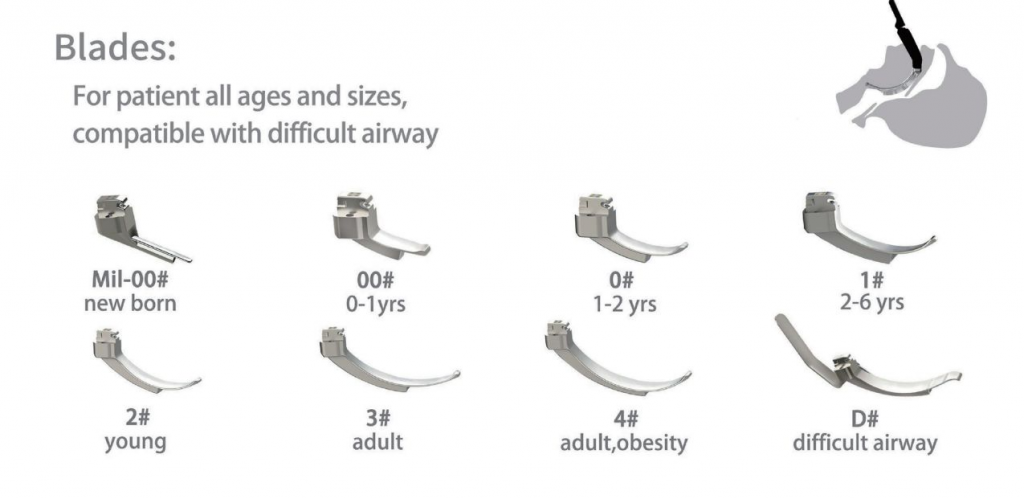
Emergency Medicine
In emergency medicine, video laryngoscopes with reusable blades are valuable tools for managing difficult airways. They can be used to intubate patients in critical condition, reducing the risk of complications associated with traditional intubation methods. Additionally, video laryngoscopes can be used to visualize the airway and identify potential obstructions, such as swelling or foreign objects. This can be especially important in emergency situations where time is of the essence.
Anesthesiology
In anesthesiology, video laryngoscopes with reusable blades can be used to intubate patients undergoing surgery. They provide a clear view of the airway, which can help anesthesiologists to avoid complications such as esophageal intubation or damage to the vocal cords. Additionally, video laryngoscopes can be used to intubate patients with difficult airways, reducing the risk of complications associated with traditional intubation methods.
Critical Care
In critical care settings, video laryngoscopes with reusable blades can be used to manage patients who require mechanical ventilation. They can be used to intubate patients with difficult airways, reducing the risk of complications associated with traditional intubation methods. Additionally, video laryngoscopes can be used to visualize the airway and identify potential obstructions, such as mucus or swelling. This can be especially important in critical care settings where patients may be at greater risk of complications.
Product Analysis
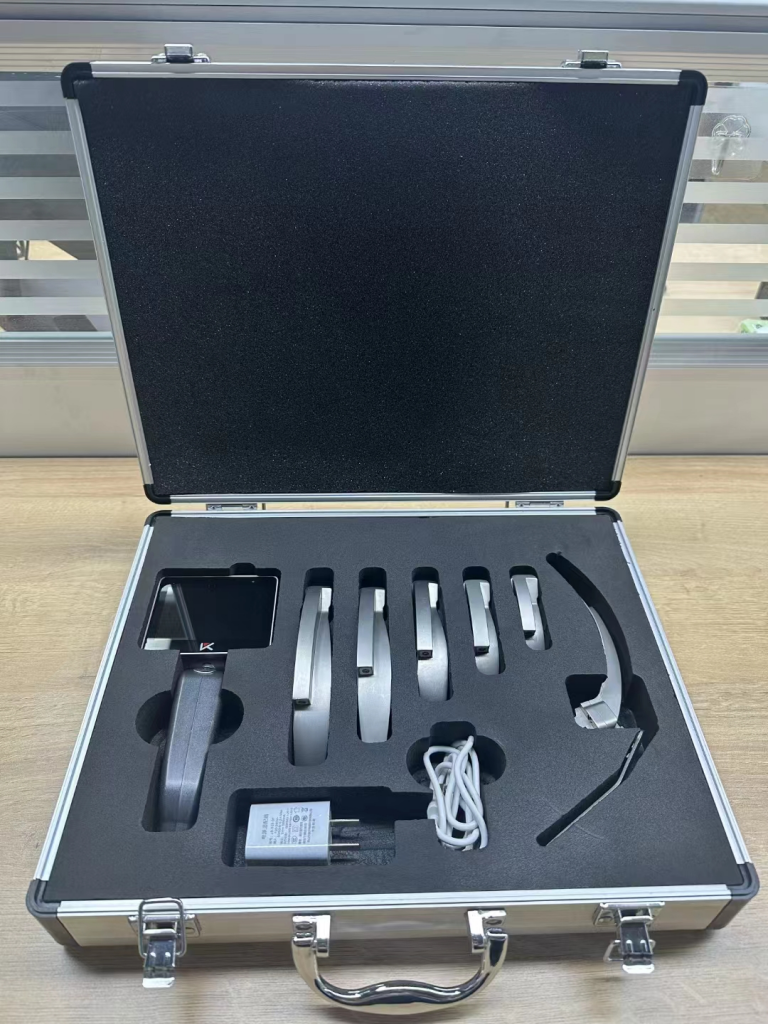
Cost-Benefit Analysis
When it comes to cost-benefit analysis, reusable video laryngoscopes offer significant advantages over their disposable counterparts. While the initial cost of reusable blades may be higher, they are more cost-effective in the long run due to their ability to be sterilized and reused multiple times. In addition, reusable blades are more eco-friendly, reducing the amount of medical waste generated by hospitals and healthcare facilities.
According to a study published in ScienceDirect, the transition from single-use blades to reusable laryngoscope blades can have a positive ecological and economic impact. The study found that the use of reusable blades resulted in a 56% reduction in carbon footprint and a 50% reduction in material costs compared to single-use blades.
Overall, video laryngoscopes with reusable blades offer a cost-effective and eco-friendly solution for healthcare facilities. With several market leaders and brands to choose from, healthcare providers can select the best option for their specific needs and budget.
Best Practices and Guidelines
When using video laryngoscopes with reusable blades, there are some best practices and guidelines that should be followed to ensure safe and effective use.
Cleaning and Sterilization
Proper cleaning and sterilization of reusable blades is essential to prevent infections. The blades should be cleaned immediately after use to remove any visible blood or debris. The cleaning process should be done according to the manufacturer’s instructions, which may involve using enzymatic cleaners, ultrasonic cleaners, or manual scrubbing.
After cleaning, the blades should be sterilized using an appropriate method, such as autoclaving or chemical sterilization. The sterilization process should be monitored to ensure that it is effective and that all microorganisms have been killed.
Inspection and Maintenance
Before each use, the Video Laryngoscope with Reusable Blades should be inspected for any signs of damage, such as cracks or chips. If any damage is found, the blade should be replaced immediately.
Regular maintenance is also important to ensure that the blades are functioning properly. The manufacturer’s instructions should be followed for any maintenance procedures, such as lubrication or calibration.
Training and Competency
Proper training and competency are essential for safe and effective use of Video Laryngoscope with Reusable Blades. Healthcare providers should receive training on the proper use of the device, as well as on the cleaning and sterilization procedures.
Competency should be assessed regularly to ensure that healthcare providers are using the device correctly and following the proper procedures. Any deficiencies should be addressed through additional training or supervision.
By following these best practices and guidelines, healthcare providers can ensure that Video Laryngoscope with Reusable Blades with reusable blades are used safely and effectively, reducing the risk of infections and other complications.
Categories
Latest Articles
Clinical comparison of foreign body removal procedures using rigid bronchoscopy, fiberoptic bronchoscopy, and flexible electronic bronchoscopy
Bronchial foreign bodies are a common emergency in pediatrics. Clinically, bronchoscopy techniques are typically used to remove the foreign bodies. Currently, the three main bronchoscopy techniques each have their own characteristics, and among them, the flexible bronchoscopy shows unique clinical value in pediatric patients. This article conducts a clinical application analysis of all three bronchoscopy ... Read more
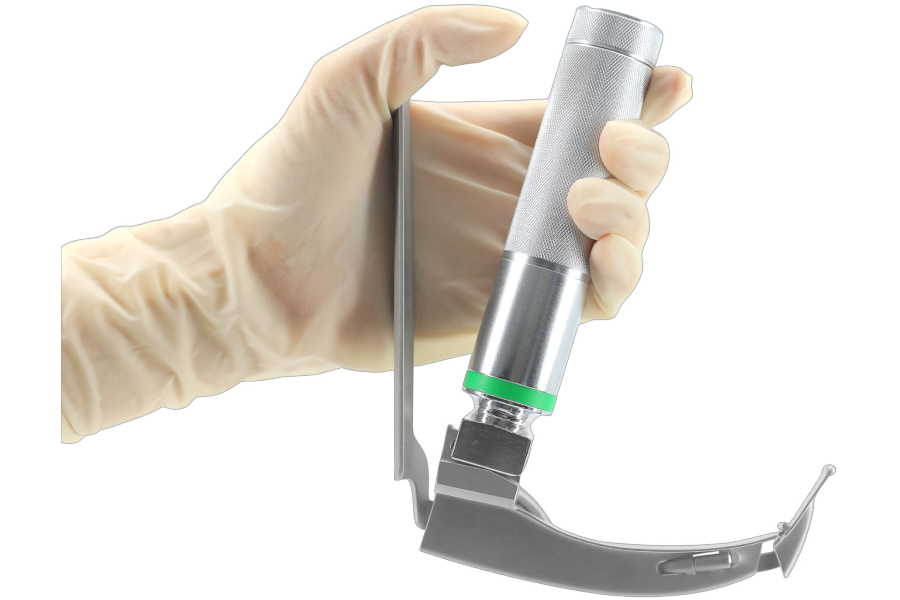
How Fibre Optic Laryngoscopes Improve ENT Procedures
In modern ENT procedures, precision and visibility are key. That’s where the laryngoscope fibre optic technology comes in. Unlike traditional tools, these advanced devices use fibre optics to provide a clear, well-lit view of the throat and vocal cords. This means doctors can see more and do more—with less risk to the patient. But how ... Read more
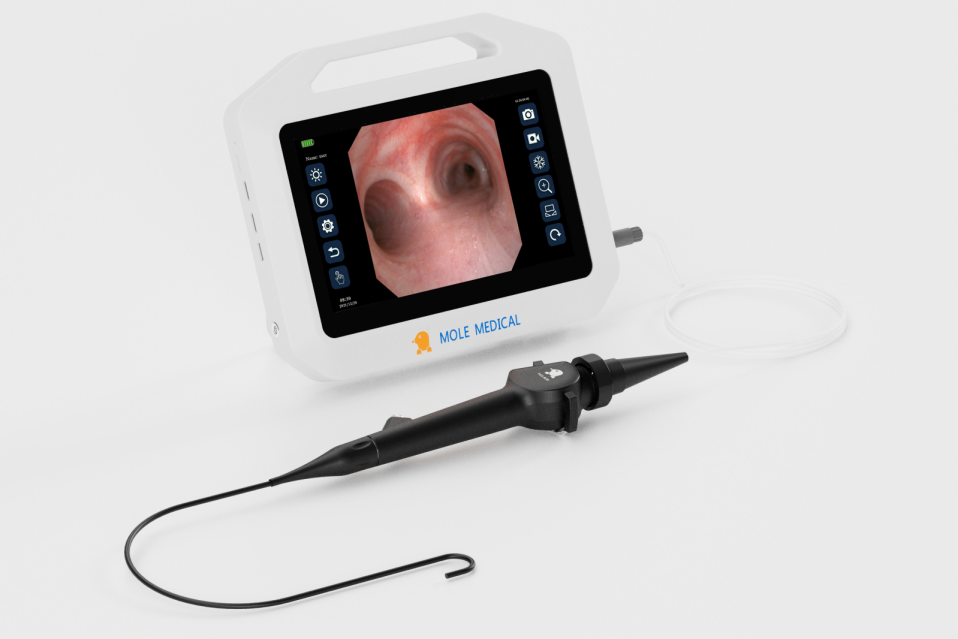
Flexible Laryngoscopy: A Clearer Voice for Quicker Diagnoses
Flexible Laryngoscopy is a powerful tool that helps ENT specialists do just that. It uses a thin, flexible scope to view the throat, vocal cords, and airway in real-time. The procedure is quick, non-surgical, and performed right in the clinic. For patients with voice changes, chronic cough, or throat discomfort, this method offers fast answers ... Read more
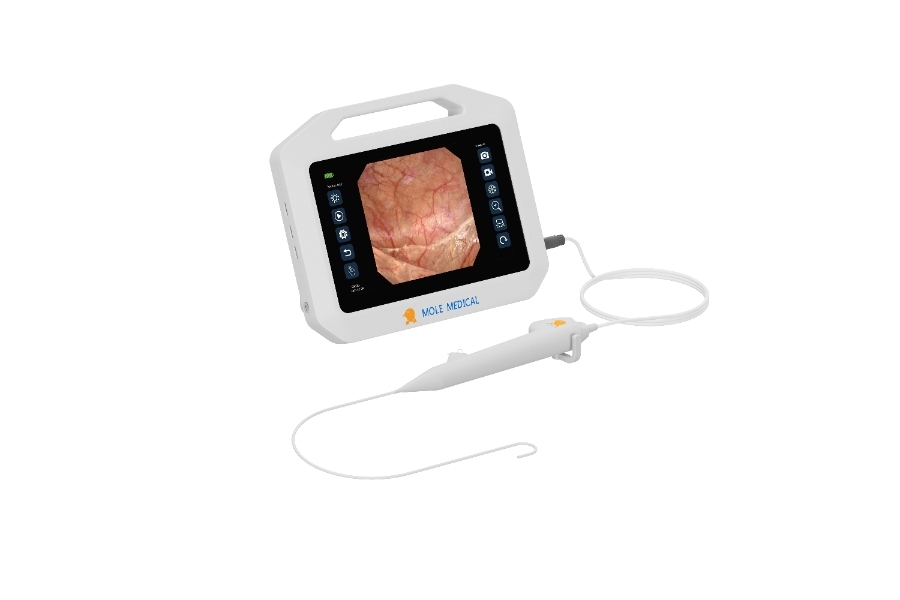
Smart Solutions in Ureteroscopy: Mole Medical’s Disposable Flexible Scope vs Karl Storz Legacy
In the field of urology, the name “ureteroscope Karl Storz” has long stood for precision and reliability. As a global leader, Karl Storz has set the standard for reusable ureteroscopes. But now, a new contender is entering the spotlight. Jiangsu Mole Medical, a national high-tech enterprise, is challenging the status quo. With a focus on ... Read more
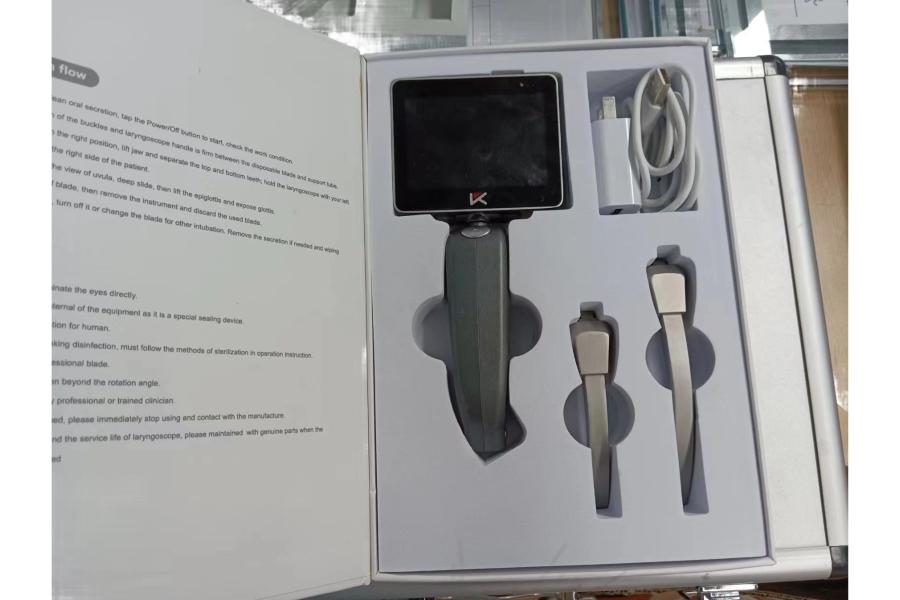
Behind the Scenes with Mole Medical: Inside the World of Leading Video Laryngoscope Manufacturers
In the fast-evolving medical device industry, video laryngoscope manufacturers play a key role in advancing patient care. Mole Medical stands out not just for its products, but for what happens behind the scenes. What makes this company different? Why do so many professionals trust its solutions? One reason is speed. Mole Medical has an R&D ... Read more



